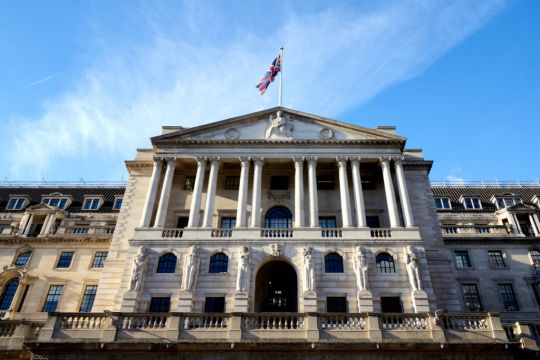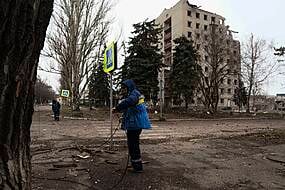The Bank of England is kick starting the sale of its massive gilt holdings on Tuesday, thrusting the cost of government debt back into the limelight after the recent mini-budget market turmoil.
The central bank is beginning the first sale of its near £850 billion of UK government bonds – or gilts – that were built up under its so-called quantitative easing (QE) programme.
It comes as policymakers are also gathering to decide on interest rates, with most economists expecting a 0.75 percentage point rise to 3 per cent in what would be the biggest hike for 33 years.
The bank’s bond sale follows a tumultuous past couple of months for financial markets after former British prime minister Liz Truss and ex-chancellor Kwasi Kwarteng sparked a rout in gilts and sent the pound tumbling to an all-time record low against the US dollar.
The bank has stuck to its guns with plans to begin unwinding QE through the sale of gilts, despite calls for it to be halted to avoid risking another gilt sell-off.
It pushed back the start twice, from October 3rd until the end of October and then to November 1st so as not to clash with the originally planned date for the chancellor’s fiscal statement, although this will now take place on November 17th.
Gilt prices have since recovered – thanks largely to emergency gilt buying action from the bank and a host of government climb downs on unfunded tax cuts, with a new prime minister and chancellor at the helm.
But the bank has confirmed it will focus its gilt sales under the plan – known as quantitative tightening (QT) – to only short and medium dated bonds in an effort not to destabilise gilts.
The long-dated 30-year gilt was the hardest hit in the recent sell-off and at the centre of the pension crisis, which saw some funds brought to the brink of collapse and forced the bank to step in with its emergency action to buy up government bonds.
Yields on 30-year gilts now stand at 3.6 per cent but rose as high as 5.2 per cent at the height of the mini-budget chaos.
Elaine Torry, co-head of defined benefit investment at consultant Hymans Robertson, cautioned that there may be further volatility ahead for gilts.
She said: “It’s difficult to anticipate how the market will react to the Bank of England’s actions as the landscape of the field that investors, most notably UK defined benefit pension schemes, are operating in has changed quite dramatically since the original planned date for the sale.
“One of the big determinants of the outcome of the sale will be whether defined benefit pension schemes, who are one of the biggest holders of government bonds, are ready, willing and able to step back into the gilt market as a buyer of these gilts.”
She added: “Today’s sale of gilts from the Bank of England introduces a real risk that yields will increase once again.
“Markets and investors are still scarred from recent turmoil, and as many pension schemes seek to consolidate and review their investment strategy they could, in the short term at least, be faced with a further round of investment decisions.”







